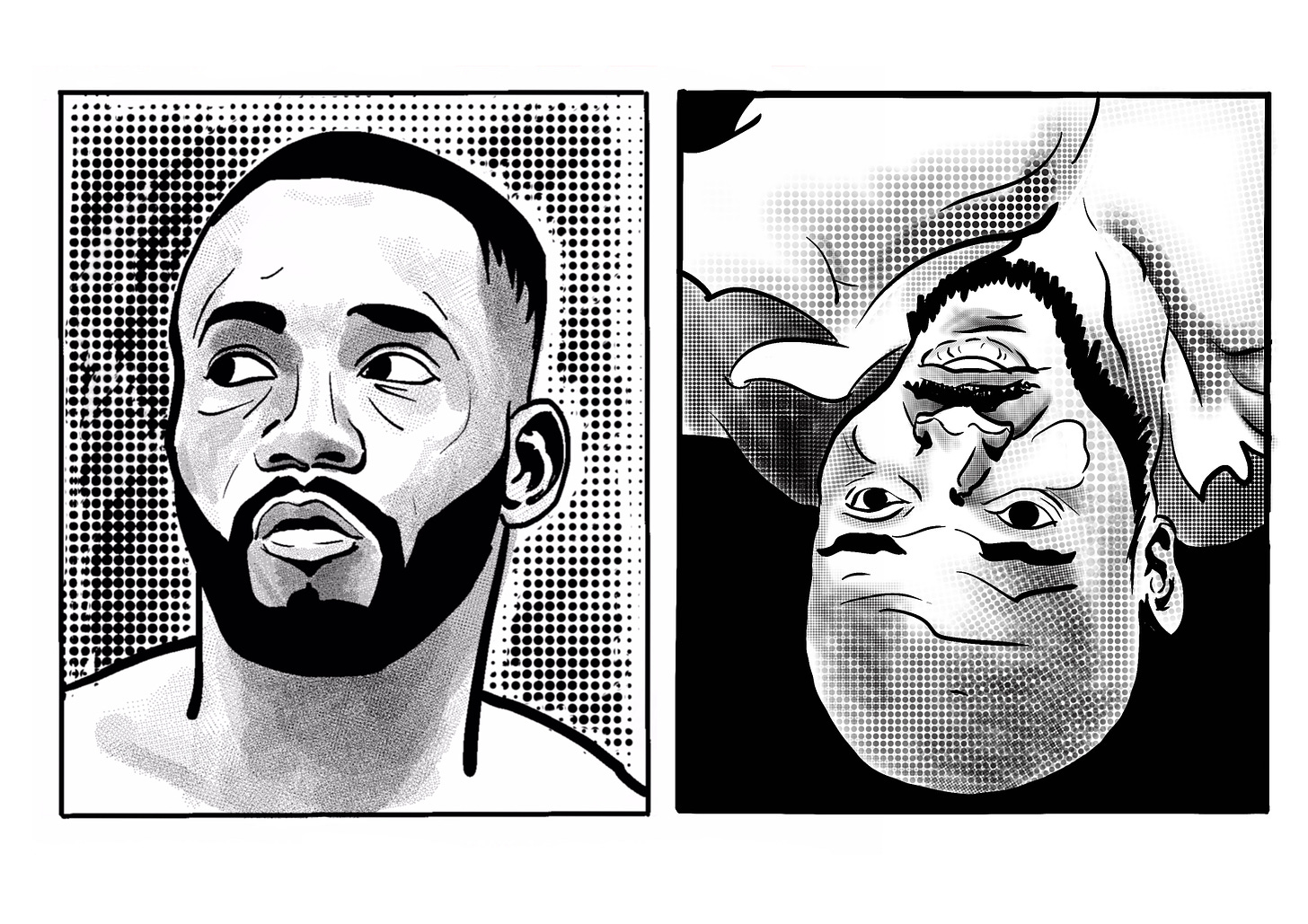What is wrong with Leon Edwards?
BE’s Connor Ruebusch takes a close look at Leon Edwards’ MMA game, and the mindset that shaped it.
This Saturday, Leon Edwards takes on Kamaru Usman for the third time. Looking at this matchup, I was excited to finally revisit my old series, Gameplanning for Greatness, in which I prescribe strategies for championship fights. It would have been called something like, How Leon Edwards beats Kamaru Usman. Only o…



